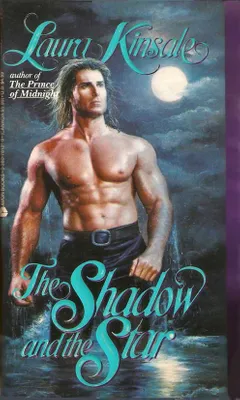The other day, a reader asked me what I thought of Stieg Larsson’s The Girl with the Dragon Tattoo (2005).
Yes, I read the book; and I saw the 2011 movie starring Daniel Craig and Rooney Mara.
Despite the name, The Girl with the Dragon Tattoo is mostly the story of a polyamorous middle-age journalist, Mikael Blomkvist, who tracks down Nazis with the occasional help of Lisbeth Salander, the eponymous young lady with the dragon tattoo.
Blomkvist is a stand-in for the novel’s author. Stieg Larsson (1954-2004) was a left-of-center Swedish journalist. Larsson flirted with the radical leftist movements of the 1960s at a very young age. He declared himself a Marxist at the age of 14.
To his credit, Larsson later disavowed outright Marxism. He longed, though, to wage a righteous battle against European Nazism. Never mind that most authentic European Nazis were in nursing homes and graveyards by the time he reached full adulthood.
The Girl with the Dragon Tattoo suggests a preoccupation with rightwing conspiracies. Not that there’s much of a risk in Larsson’s native land. Sweden, on the contrary, is one of the most “woke” countries on earth. The Swedes pioneered the use of the self-consciously “gender neutral” pronoun half a decade before such absurdities reached the English-speaking world.
There are also the cartoonish, over-the-top depictions of misogyny in the book and the movie. The original title of the novel was, Män som hatar kvinnor (“Men Who Hate Women”).
Was Larsson kidding? No, he wasn’t. Even in Sweden, though, there was enough common sense in commercial publishing to avoid saddling a book with an ideological title like that.
If you read the book and/or watched the movie, you’ll find that The Girl with the Dragon Tattoo is fantasy fulfillment for its author. Mikael Blomkvist saves Lisbeth Sanders from the bad guys. He doesn’t really want to sleep with his much younger heroine. (According to the book, Blomkvist has always preferred middle-age women to “young girls” in their twenties.) But the twenty-something Salander comes on to him. So how can he say no?
Don’t get me wrong. I enjoyed The Girl with the Dragon Tattoo, even though I saw it for what it was: fantasy fulfillment for a politically left-leaning journalist who had entered midlife crisis territory.
The Girl with the Dragon Tattoo is not a bad novel, despite it’s flaws. By all means read and enjoy it. Just don’t take it literally; and realize that the book’s author, Stieg Larsson, had multiple axes to grind when he sat down at the keyboard.
-ET




















